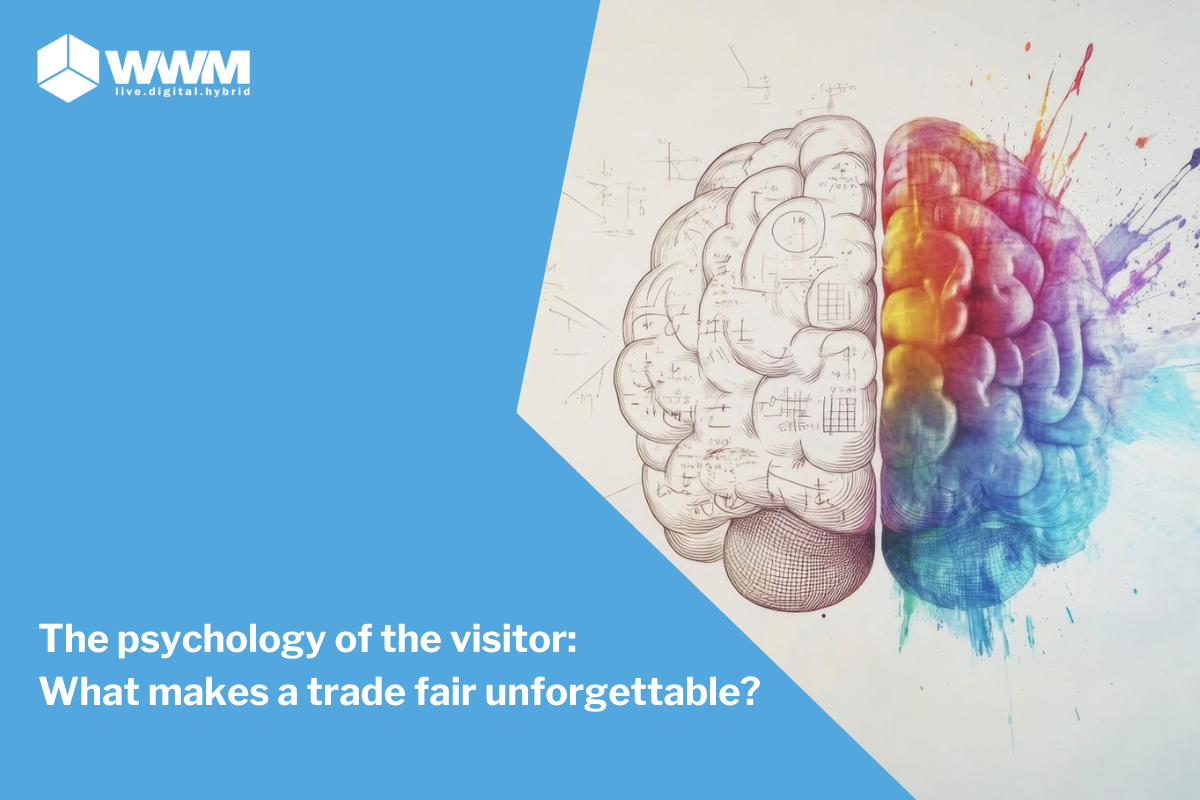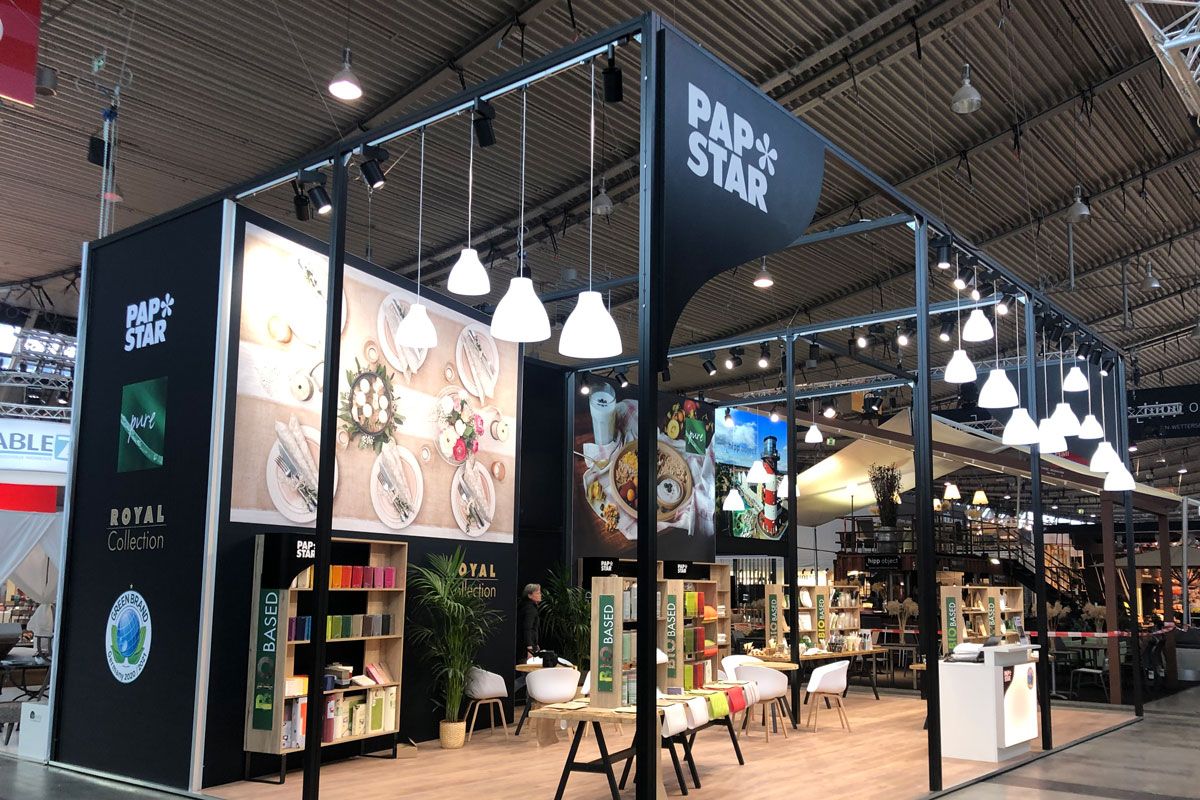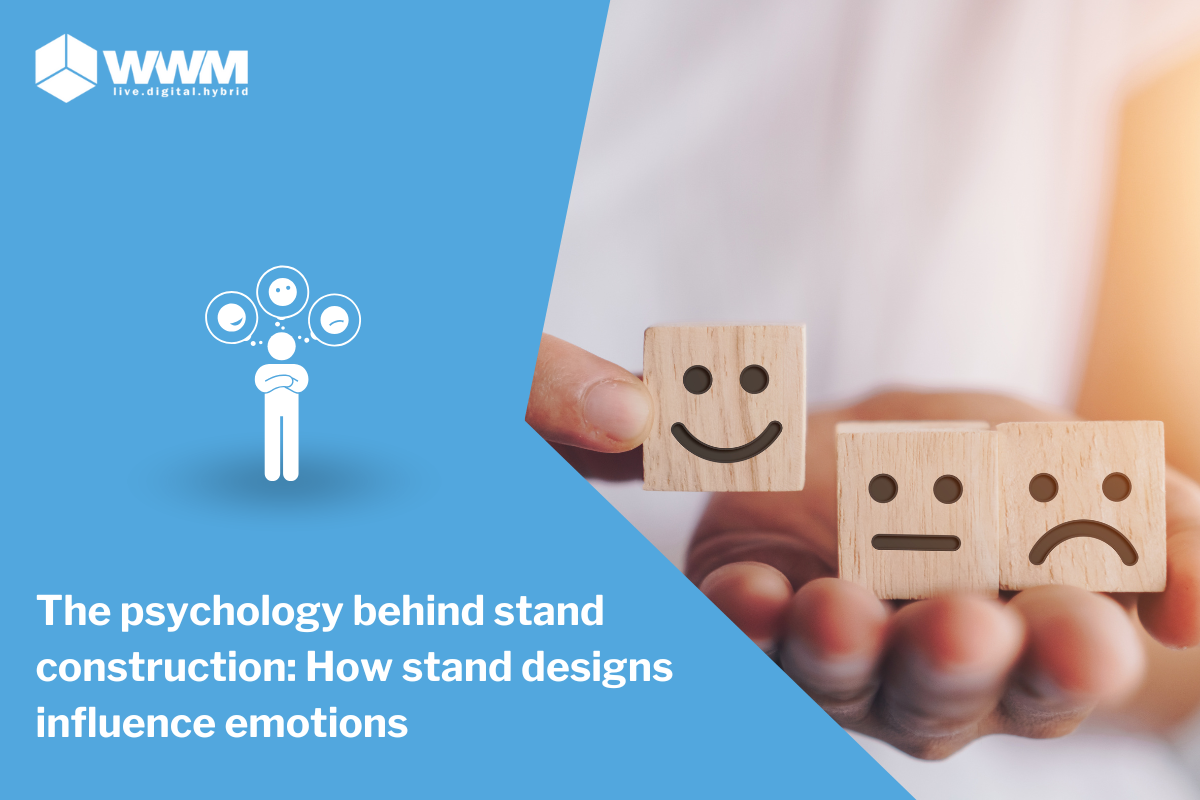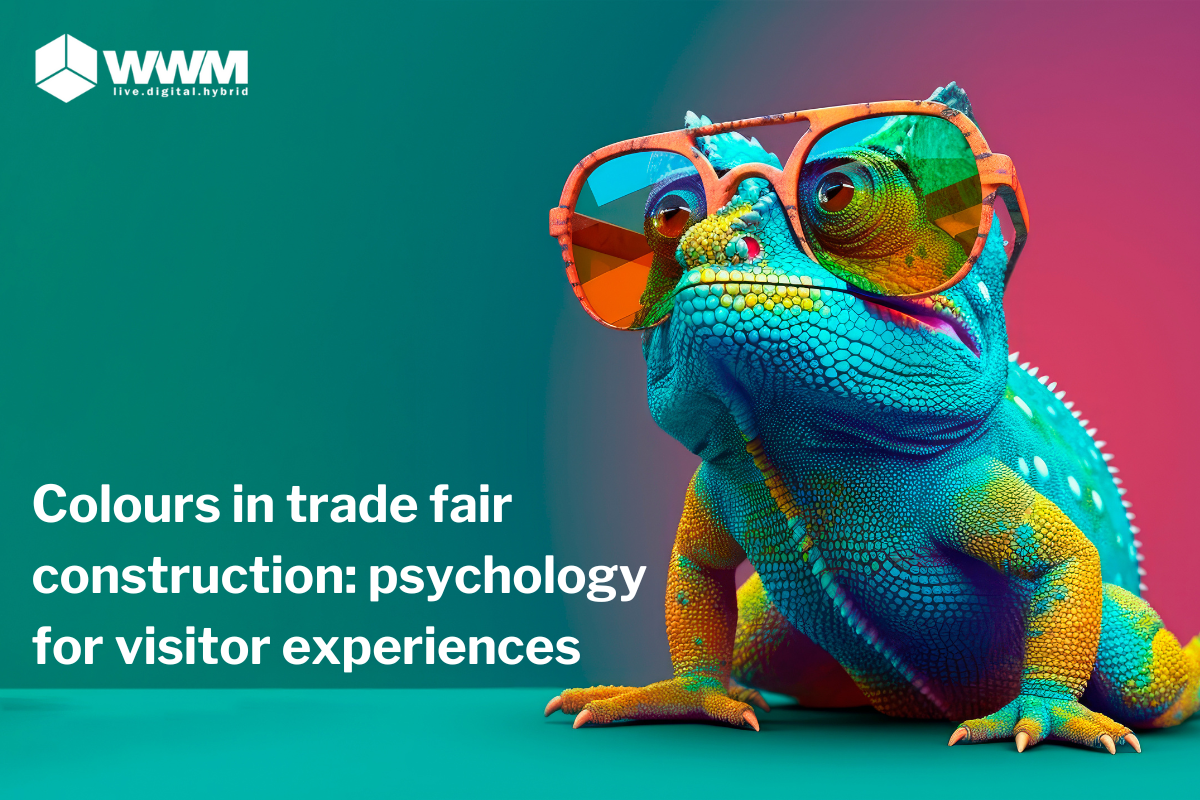The psychology behind stand construction: influence emotions
Trade fairs are vibrant melting pots of commerce and innovation, where companies and customers meet in a dynamic environment. But what is often...
4 min read
Zarana Patel
:
Friday, 7. February 2025

Trade fairs are far more than just platforms where products are exhibited and services advertised. They are the stage for a journey that appeals to both the cognitions and emotions of visitors. In a world where information is readily available and consumers make decisions quickly, trade fair participation can not only promote the exchange of information, but also build an emotional connection to the brand that goes far beyond the event. But what exactly makes a trade fair experience so memorable that visitors are still talking about it months later?
The answer lies deep within the psychology of the visitor and the way our senses and emotions influence perception and memory. In this blog post, we dive into the psychological mechanisms that attract and captivate visitors and ensure they retain memorable experiences.
Imagine entering an exhibition hall. The first moment counts - first impressions are formed in seconds and can influence the entire experience on a subconscious level. The psychology of first impressions states that our brain evaluates information in fractions of a second, not only based on what we see, but also how we feel about the environment.
The visual design of an exhibition stand therefore has an enormous influence on the visitor's perception. A clearly structured, appealing design arouses curiosity and interest, while a cluttered stand often arouses disinterest. The right lighting, the targeted use of color and a clear brand identity appeal to visitors' subconscious and create an atmosphere that radiates trust and well-being.

Think of the first few seconds as an invitation to your brand's story. Greeting, atmosphere and ambience set the tone for everything that follows - a warm, personal welcome immediately increases emotional connections and signals to visitors that they are welcome here
Find out more about colors in trade fair construction and how the right design of the trade fair stand influences the perception and visitor experienceat trade fairs.
Neuromarketing is a highly exciting field of research at the interface of psychology, neuroscience and marketing that investigates how the human brain reacts to visual and cognitive stimuli - and how companies can make targeted use of these findings.
Scientific studies show that our brain processes information in two different ways: quickly and intuitively (system 1) or slowly and analytically (system 2). At trade fairs, where visitors take in countless visual impressions in a very short space of time, system 1 dominates - this means that their brains react particularly to simple, clear and emotionally appealing stimuli.

Trade fair stands that use the principles of neuromarketing not only increase their recognition and the attention span of visitors, but also the likelihood that the brand image will be remembered in a positive and lasting way.
At a time when customers not only want to buy products, but also want to connect with the values and identity of a company, authenticity is becoming a decisive success factor at trade fairs. An effective trade fair presence should therefore not only present innovative products or services, but above all tell a credible, human story.
How do you achieve this? By shifting the focus from pure brand presentation to real people. Don't just show your logo, but the personalities behind the brand - the people who live your values. Visitors don't just want to understand what you do, but why you do it. Sustainable initiatives, social commitment, company values or insightful behind-the-scenes moments can create a strong emotional connection here.
Trade fair visitors often share their experiences on social media - whether through selfies, Instagram stories or livestreams. Use this trend to increase your brand reach!Integrate an attractive selfie spot at your stand - create a visually appealing photo zone that invites visitors to capture memories and share them on their networks. Use creative branding, e.g. a unique background design with your logo, interactive LED elements or a themed backdrop that represents your company.

Even better: Start social media challenges that activate visitors and ensure viral reach:
This virtual extension makes your stand more modern, visible and interactive - and ensures that your brand continues to be talked about after the trade fair.
A successful trade fair presence is based on the psychology of the visitor and the ability to appeal to emotions and senses. A well-thought-out trade fair experience should offer far more than just products or services - it must create the right atmosphere and build a strong emotional connection to the brand. First impressions, the targeted use of neuromarketing and authentic communication are key to captivating visitors and creating lasting brand loyalty.
A clearly structured design and a transparent brand presentation can strengthen visitors' trust and anchor the brand in their memory. Social media plays an increasingly important role in increasing reach and making the trade fair experience interactive. Hashtag challenges and creative photo and video campaigns promote viral distribution and keep the brand in the conversation even after the trade fair.
Use the psychology of the visitor to make your trade fair experience unforgettable and build long-term relationships with your target group. A trade fair presence that focuses on emotional appeal and authentic experiences is not only memorable, but also strengthens the brand image and ensures lasting success.

Trade fairs are vibrant melting pots of commerce and innovation, where companies and customers meet in a dynamic environment. But what is often...

Trade fairs are not just events at which companies present their products and services. They are also a space where psychology plays a decisive role....

In recent years, trade fairs have evolved from mere platforms for product presentations to important touchpoints for brand-building experiences....